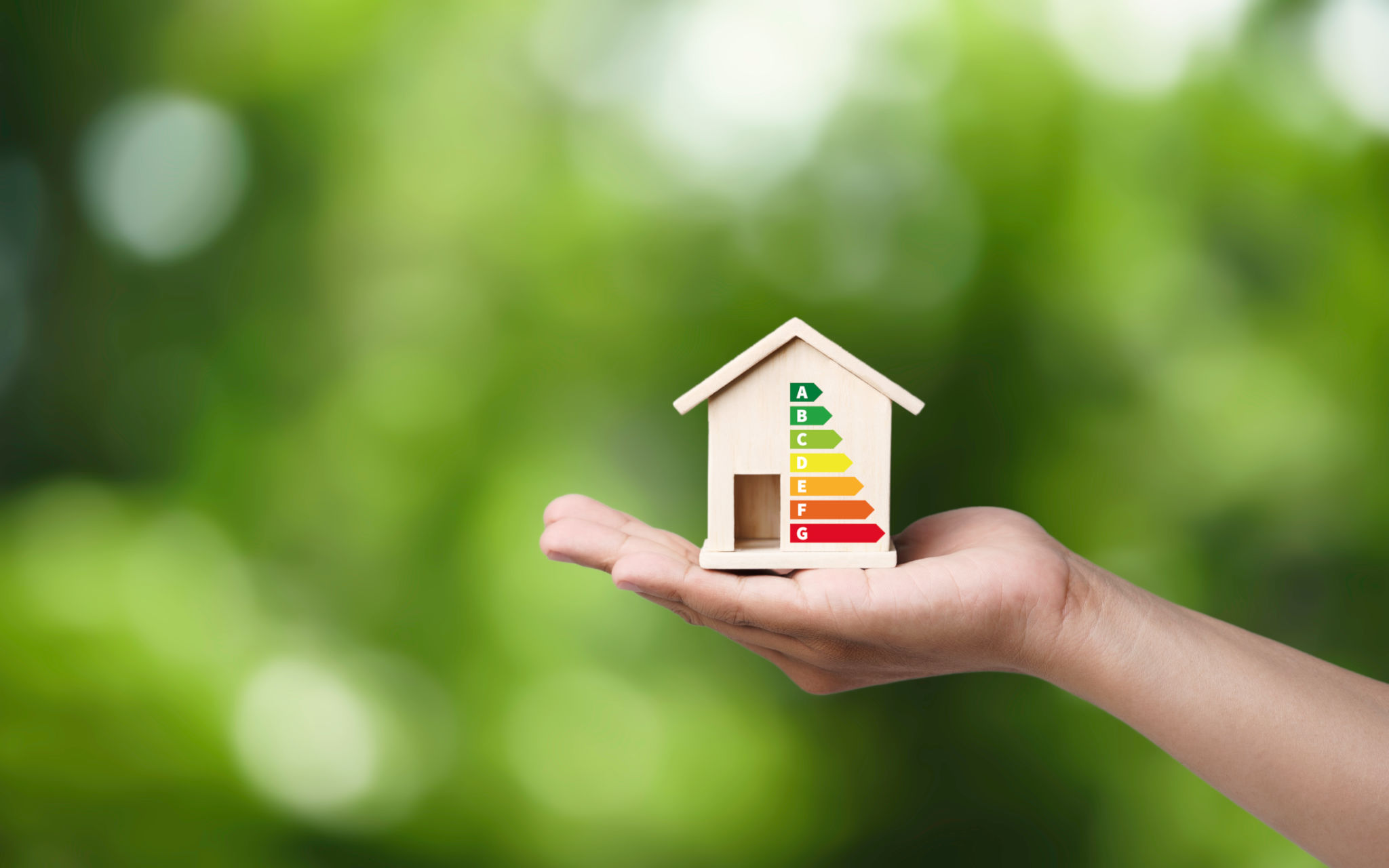Understanding Green Building Certifications in Australia: A Guide for Homeowners
Introduction to Green Building Certifications
As environmental concerns continue to rise, homeowners in Australia are increasingly interested in building sustainable and eco-friendly homes. One way to ensure a home is environmentally sound is through green building certifications. These certifications serve as a benchmark for sustainable practices in construction and design, providing homeowners with assurance of a building's environmental performance.

Understanding the Importance of Green Certifications
Green building certifications not only help in reducing the carbon footprint but also enhance the overall energy efficiency of a home. By following stringent guidelines, these certifications ensure that homes use resources efficiently, reduce waste, and promote healthier living environments. For homeowners, this can mean lower utility bills and an increase in property value.
Key Certifications in Australia
In Australia, several certifications are recognized for promoting sustainable building practices. Here are some of the most prominent:
- Green Star: Managed by the Green Building Council of Australia, this certification assesses the sustainability of projects across various categories, including energy use, emissions, and materials.
- NABERS: The National Australian Built Environment Rating System focuses on measuring a building's energy efficiency, water usage, waste management, and indoor environment quality.
- BASIX: The Building Sustainability Index is a New South Wales-specific tool that ensures homes are designed to use less potable water and be responsible for fewer greenhouse gas emissions.

The Certification Process
Obtaining a green building certification involves several steps, from planning to execution. Initially, homeowners or builders must decide which certification aligns best with their goals. This decision will influence the design and construction process to meet specific sustainability criteria.
The process typically includes:
- Designing the building to meet specific guidelines.
- Submitting plans for assessment by the relevant certifying body.
- Undergoing inspections and audits during and after construction.
- Receiving certification upon meeting all requirements.

Benefits for Homeowners
Certified green homes offer numerous benefits beyond energy savings. They often provide healthier indoor air quality, which can reduce health issues like allergies and asthma. Additionally, these homes are designed to be more comfortable, with better temperature regulation and natural lighting.
Increasing Property Value
An often-overlooked advantage of green certifications is their impact on property value. Homes with recognized sustainability credentials often attract environmentally-conscious buyers willing to pay a premium for eco-friendly features. This can result in faster sales and better returns on investment for homeowners looking to sell.
Conclusion
Understanding and achieving green building certifications can be a rewarding endeavor for homeowners in Australia. By investing in sustainable practices, not only do homeowners contribute positively to the environment, but they also enjoy financial savings and enhanced living conditions. As awareness grows, these certifications are becoming a key consideration for anyone looking to build or renovate their home sustainably.